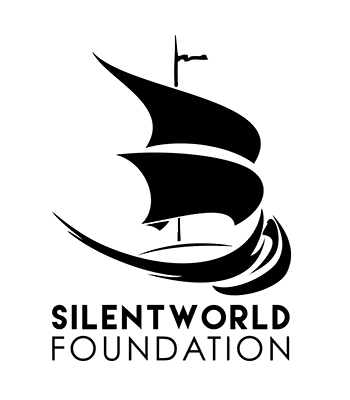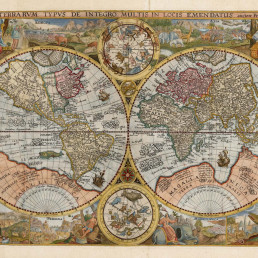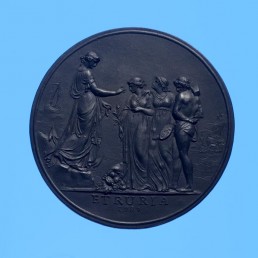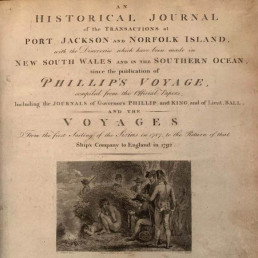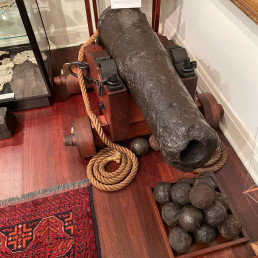
Name/TitlePortrait of Brigade Major James Taylor
About this objectMajor James Taylor [1785 1829] was one of Australia’s leading early artists and part of the inner circle of Lachlan and Elizabeth Macquarie. Taylor arrived in Sydney in 1817 on the convict transport Matilda as a senior officer of the 48th Regiment. He was trained as a topographic artist in the British Army in Spain and Taylor’s famous panorama, painted on the spot in 1820 and printed in London in 1823 by the publisher Colnaghi, is one of the finest of any of the early views of Australia.
This portrait is of James Taylor at the peak of his career, having returned to Britain after six years of service in the Peninsular War. Taylor is depicted in his uniform as Brigade Major and behind him lies the town of San Sebastian on the Spanish coast, the site of a famous battle in late 1813 at which Taylor’s exploits led to him being mentioned in dispatches by Wellington.
Although unsigned the portrait is believed to have been painted by Sir Henry Raeburn (1756 1823), the Scottish portraitist, or by another artist within his school. Raeburn became known for several stylistic innovations, among which the use of raking and even “contre jour” light was most prominent. Raeburn had a long and distinguished career, and became an integral part of the coterie of Scots artists in Edinburgh, counting writers Sir Walter Scott and Sir Adam Ferguson as close friends.
MakerHenry Raeburn (presumed) - Artist
Maker RoleArtist
Edition1814
Date Madec1814
Period19th century
Medium and MaterialsOil on canvas.
Place MadeEdinburgh, United Kingdom
Measurements1255mm x 985mm
Object TypeEuropean Portraits
Object numberSF001168
Copyright Licence![]() Attribution - Non-commercial - No Derivatives (cc)
Attribution - Non-commercial - No Derivatives (cc)
Explore by category
Maps and Charts
Date range: 1541-1836
Ship Models
Date range: 1629-1890
Maritime Paintings
Date range: 1793-1849
Manuscripts and Ephemera
Date range: 1768-c1850
Medallions & Convict Tokens
Date range: 1619-1880
Landscapes
Date range: 1768-c1850
Books
Date range: 1694-c1850
Currency and Shares
Date range: 1624-1823
Printed Material
Date range: 1541-1836
Maritime Archaeology
Date range: 1629-1854
Curator's corner
New acquisitions, staff favourites and curios
The mug is decorated with an underglaze and a blue transfer print. On the body, it is titled ‘Emigrants to Australia’. This type of body and glaze was discontinued by 1840. Comparison of the handle shape and the profile of the foot, point to the attribution of manufacture by the Davenport Factory.
Delta was a ship-rigged vessel with two decks and three masts. It was built in Dordrecht, Netherlands in 1839 at the shipyard of Jan Schouten and registered in the same port. Its hull was constructed of oak and sheathed in ‘yellow metal’. Delta was owned by H. van der Sande at the time of its loss and was engaged as a cargo trader.
The Delta carried 29 crew and passengers, while sailing from Melbourne to Batavia in ballast when wrecked at Kenn Reefs on 30 May 1854 whilst under the command of Captain J.G. Kunst. This vessel loss supports the pattern of shipwrecks located on a well-travelled shipping route that was poorly charted until the mid-nineteenth century. The crew of the Delta could see four other shipwrecks at Kenn Reefs at the time of their vessel’s loss.
Important image of a ship associated with Matthew Flinders, that would shortly become one of the most famous early shipwrecks in eastern Australian waters. This is a fine ship’s portrait, by one of the great exponents of the art
